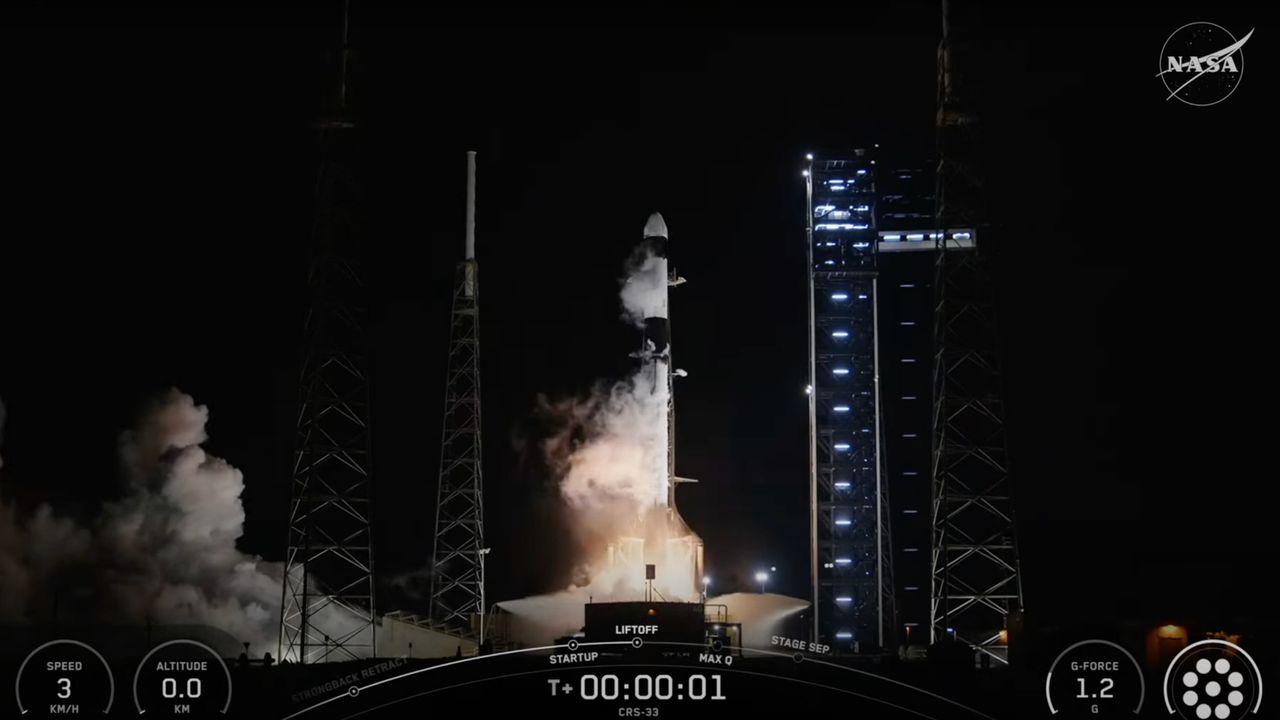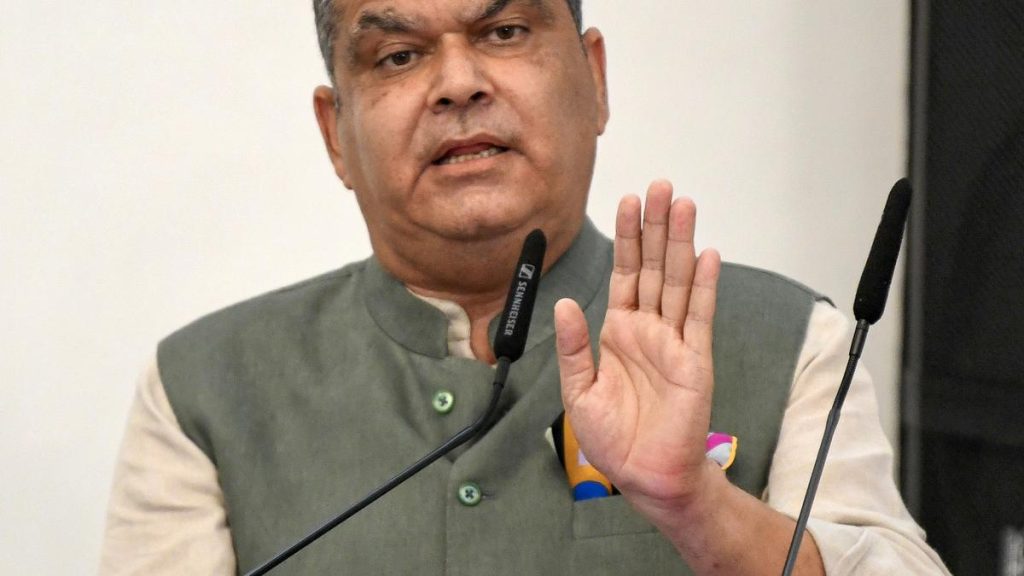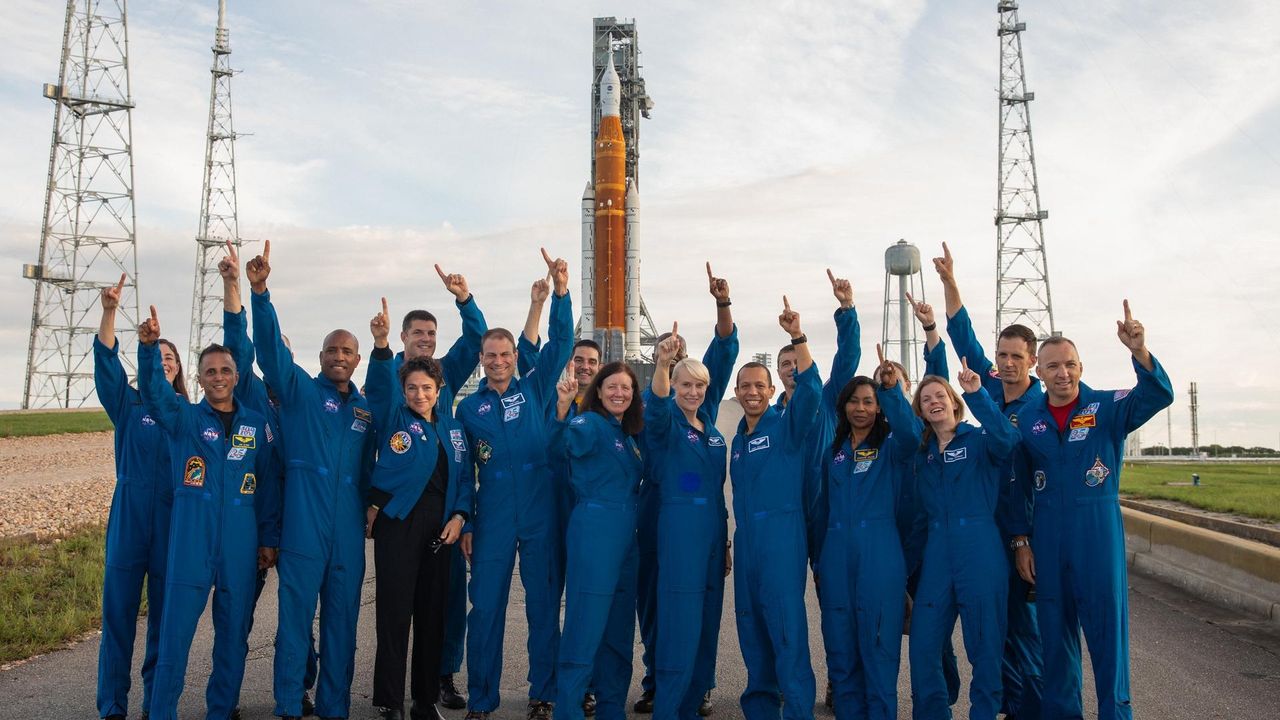Now Reading: SpaceX Delivers 5,000 Pounds of Cargo to ISS, Achieves Sea Landing
-
01
SpaceX Delivers 5,000 Pounds of Cargo to ISS, Achieves Sea Landing
SpaceX Delivers 5,000 Pounds of Cargo to ISS, Achieves Sea Landing

Fast Summary:
- Launch Details: SpaceX launched its CRS-33 resupply mission to the International Space Station (ISS) on August 24, 2025. The Falcon 9 rocket lifted off at 2:45 a.m. EDT from Cape Canaveral Space Force Station in Florida.
- Cargo Highlights: The Dragon capsule carried over 5,000 pounds (2,270 kilograms) of supplies and scientific experiments to the ISS. notable experiments include bone-forming stem cells for studying bone loss, bioprinted liver tissue for microgravity research, and materials for developing medical implants using advanced 3D printing techniques.
- Rocket Recovery: The Falcon 9’s first stage successfully landed on SpaceX’s drone ship “A Shortfall of Gravitas” in the Atlantic ocean following liftoff. This marked the booster’s seventh flight and landing.
- Upcoming Objectives: Alongside delivering supplies and experiments, this Dragon mission will perform a reboost demonstration to adjust the ISS’s orbit-a function historically handled by russia’s Progress spacecraft.
- NASA Statement: NASA emphasized that such resupply missions contribute essential resources for ISS operations through December when Dragon is expected to return wiht completed science experiments.
!SpaceX Falcon Launch
Image credit: NASA TV
!Drone Ship Rocket Recovery
Image credit: NASA TV
Indian Opinion Analysis:
The accomplished deployment of SpaceX’s CRS-33 resupply mission marks another milestone in space collaboration between private enterprises and government agencies such as NASA. While this event primarily pertains to U.S.-led efforts concerning ISS operations, it has broader implications for India as a growing player in global space exploration.
India has been advancing its own lasting space technologies through programs like ISRO’s Gaganyaan project and is likely observing how entities like SpaceX are diversifying capabilities within orbital operations-demonstrated here by innovations such as reboost tasks previously managed by Russia’s Progress system.As geopolitical shifts influence partnerships around facilities like the ISS extending through scheduled timeline changes up until early next decade (2030-31), India might consider similar dual-purpose systems when planning international missions or building indigenous architectures like its proposed orbital station.
Additionally, advancements showcased on CRS-33-which include bioprinting-related technologies-could inform India’s bio-scientific endeavors planned under microgravity studies aboard future Indian modules or collaborations through joint experimentation hubs like those being pursued with Japan or UAE.

























